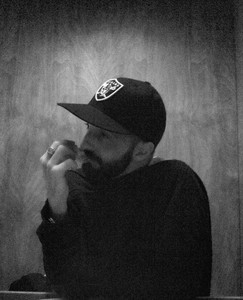
Myth-Maker
Alexander Wolf explores the economic, social, and methodological concerns of Piero Golia’s art practice, revealing the real-world implications of the artist’s experiments with form and process.
March 14, 2019
Andrew Berardini reflects on Piero Golia’s Intermission Paintings, relics from the first phase of the artist’s three-part sculptural performance The Comedy of Craft.
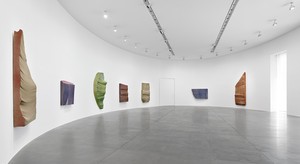
Installation view, Piero Golia: Intermission Paintings, Gagosian, Rome, June 9–September 10, 2015. Photo: Matthew D'Eletto
Installation view, Piero Golia: Intermission Paintings, Gagosian, Rome, June 9–September 10, 2015. Photo: Matthew D'Eletto
Conceptual artists are mystics rather than rationalists. They leap to conclusions that logic cannot reach.
—Sol LeWitt, “Sentences on Conceptual Art,” Art-Language, 1969
Faith requires doubt: the healthy doubt you feel about any new artist. Alighiero e Boetti declared the artist as in between a shaman and a showman. With the levity of astonished delight and the gravity of spiritual action, the artist bridges the gap through the metamorphosis of material into meaning. As a shaman channels mystical powers, all results are infused with their magic: simple objects transform into relics.
On evidence here are a few relics cut during The Comedy of Craft, an epic trilogy by artist Piero Golia.
A relic is what remains.
Relics exist all over and throughout time. In Europe, it was the Middle Ages rage. A few tenuous bits of Bible back up the possibility of miraculous objects.
God did extraordinary miracles through Paul, so that even handkerchiefs and aprons that had touched him were taken to the sick, and their illnesses were cured and the evil spirits left them.
—Acts 19:11–12, New International Version
The Second Council of Nicaea in 787 decreed that every altar should contain a relic. The Orthodox Christians believe that the body of a believer has been transformed by divine grace after being inducted to the sacred mysteries. To them, all bodies of the faithful are relics.
The Roman Catholic Church has divined hierarchies for relics, as even in heaven there’s first class and coach. A first-class relic belonged to either Jesus himself (like straws from his Bethlehem manger), his mother (thousands of gallons of her breast milk graced the marketplace), or the body of a saint, hacked off in parts or whole. “Grace remains entire in every part,” according to fifth-century theologian Theodoret. Second-class relics are objects of the saints; hierarchies apply here as well, depending on how useful or holy-seeming the relic is to the life of the saint. Third-class relics are anything that’s touched the first two. Though now illegal according to Catholic canon, the sale of relics was a Middle Ages blockbuster bonanza. Holy body trafficking and spiritual pilgrimage became a serious shaper of tourism, international exchange, and culture. In search of revelation, we will gather all clues and parts as valuable.
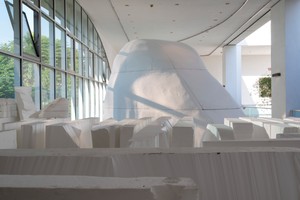
Installation view, The Comedy of Craft (Act 1: Carving the nose), Hammer Museum, Los Angeles, June 15–September 7, 2014. Photo: courtesy the artist
The Protestant Reformation broke the back of the religious relic trade. Though still around to be sure, it sunk after Martin Luther and, especially, John Calvin condemned the practice. The market still limps along (the body parts of saints are readily found on eBay), but then again so do the religions that venerate them.
Correlation is not causality, but the ascendancy of art tracks more or less with the diminishment of relics. One certainly did not cause the other, but they relate.
Meaning didn’t need to be so literal after the Renaissance: Craft, skill, vision, interpretation, and innovation could be honored and gain importance and even holiness without religion. But perhaps something is lost in these abstract ideals. I’m not surprised that one of the great debates around art of the last century and a half or so relates to the human hand: whether it matters, when and if it should be seen. Somehow being handled (or at least explicitly authored) by the artist still matters. Marketeers’ and the connoisseur experts’ imprimatur of veracity for an art object tracks nicely with the same search for authenticity in the relic trade.
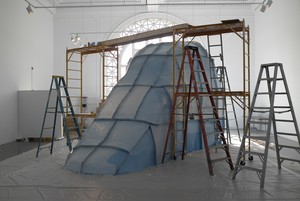
Installation view, The Comedy of Craft (Act 2: Copying the nose of George Washington), Prospect.3, New Orleans, October 25, 2014–January 25, 2015. Photo: courtesy the artist
Some artists do everything to avoid this, but they only serve to transfer their right to grant authenticity to intermediaries. Conceptualism largely rejected materiality for what Lucy Lippard called “the dematerialization of the art object.” They traded skill and form for ideas, systems, and stories, in many cases dispensing with objects altogether. But things still matter though, because people (and their bodies) still matter. We stand diminished by the influence of bureaucracies and brands; we need others, their touch—relationships that are ours and real and not so mediated that they’re lost in a distant factory.
If every action matters and grace remains in every part, the remnants become relics, each mark and part a gesture enshrined in an object.
In Los Angeles (where the artist lives and works), at the Hammer Museum, Piero Golia carved from foam a one-to-one replica of George Washington’s nose from the face of Mount Rushmore in the Black Hills of South Dakota, a colossal unfinished 60-foot-tall sculpture by Gutzon Borglum and son of four popular American presidents’ busts made between 1925 and 1941. The nose takes up 21 feet.
Writing about Golia typically requires a preamble, as the legend of the piece and its creator becomes almost as important as the piece itself.
Andrew Berardini
Like the original Dakota artist, Golia hand carved his Washington’s nose, the performance of which played out on the Hammer’s terrace over the course of its biennial. This carving makes the first of the three acts in the artist’s opera, The Comedy of Craft. The action of copying becomes the subject of the work, the building of narrative for the artwork. The full process of making a sculpture becomes a story accessible to the viewer as it’s done live, as a performance. Each piece, each remnant, is a part of its revelation.
The second act, played out during the Prospect.3 biennial in New Orleans, involved the making of a mold from the carving, while the third act involves the pouring of bronze to solidify the series in a final sublime action. All three acts were and will be done in public as a performance. The subtle and unsubtle importance of handcraft as well as political stagecraft are deftly alluded to, but their exact import are allusively elusive. The institutions the artist moves through become stages to be overcome: a theater is just a building, and a museum an expensive warehouse, if its dull thingness is not overthrown by the spell cast from the artists who move across them.
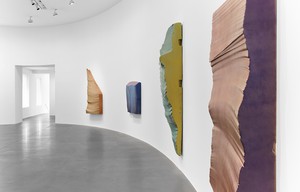
Installation view, Piero Golia: Intermission Paintings, Gagosian, Rome, June 9–September 10, 2015. Photo: Matthew D’Eletto
Here we have an intermission between acts two and three. It comes as no surprise to me that it occurs in Rome, the Eternal City, home to more relics than any other city in the world.
The monochrome paintings on view are relics remaining from the carving of Washington’s nose. Preserved under a protective coating of hard polymer, the foam relics will always bear the mark of the process of their creation, the process of material being transformed into meaning. These objects surge with incidental beauty, some soft comment on modernist purity, a wash of pure color like a Minimalist master, the prison of marble that Renaissance sculptures had to escape to come into their polished finality. Here they are made not with composition but the rigorous, methodological following of a premise made with a leap, made by the artist and us, together.
Piero Golia: Intermission Paintings, Gagosian, Rome, June 9–September 10, 2015; text excerpted from “The Genealogy of Paintings” by Andrew Berardini © 2015 Andrew Berardini, from Twelve Intermission Paintings; artwork © Piero Golia

Alexander Wolf explores the economic, social, and methodological concerns of Piero Golia’s art practice, revealing the real-world implications of the artist’s experiments with form and process.
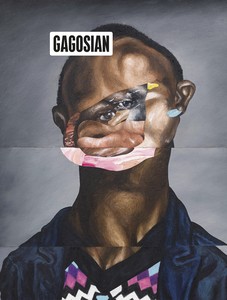
The Fall 2019 issue of Gagosian Quarterly is now available, featuring a detail from Sinking (2019) by Nathaniel Mary Quinn on its cover.

David Cronenberg’s film The Shrouds made its debut at the 77th edition of the Cannes Film Festival in France. Film writer Miriam Bale reports on the motifs and questions that make up this latest addition to the auteur’s singular body of work.
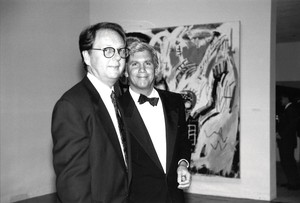
Alison McDonald celebrates the life of curator Richard Marshall.

Alice Godwin and Alison McDonald explore the history of Roy Lichtenstein’s mural of 1989, contextualizing the work among the artist’s other mural projects and reaching back to its inspiration: the Bauhaus Stairway painting of 1932 by the German artist Oskar Schlemmer.

The mind behind some of the most legendary pop stars of the 1980s and ’90s, including Grace Jones, Pet Shop Boys, Frankie Goes to Hollywood, Yes, and the Buggles, produced one of the music industry’s most unexpected and enjoyable recent memoirs: Trevor Horn: Adventures in Modern Recording. From ABC to ZTT. Young Kim reports on the elements that make the book, and Horn’s life, such a treasure to engage with.

Louise Gray on the life and work of Éliane Radigue, pioneering electronic musician, composer, and initiator of the monumental OCCAM series.
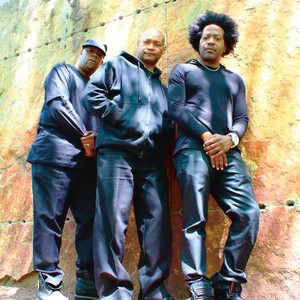
Tracing the history of white noise, from the 1970s to the present day, from the synthesized origins of Chicago house to the AI-powered software of the future.
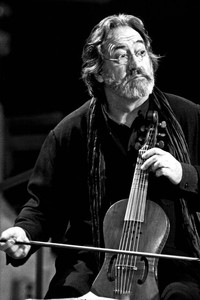
Ariana Reines caught a plane to Barcelona earlier this year to see A Sea of Music 1492–1880, a concert conducted by the Spanish viola da gambist Jordi Savall. Here, she meditates on the power of this musical pilgrimage and the humanity of Savall’s work in the dissemination of early music.

Dan Fox travels into the crypts of his mind, tracking his experiences with goth music in an attempt to understand the genre’s enduring cultural influence and resonance.
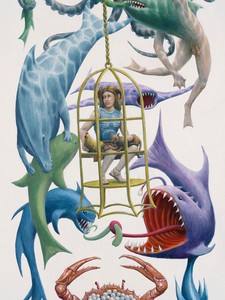
Charlie Fox takes a whirlwind trip through the Jim Shaw universe, traveling along the letters of the alphabet.
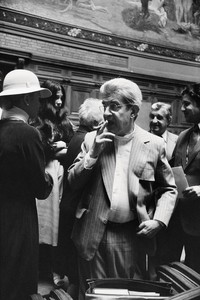
On the heels of finishing a new novel, Scaffolding, that revolves around a Lacanian analyst, Lauren Elkin traveled to Metz, France, to take in Lacan, the exhibition. When art meets psychoanalysis at the Centre Pompidou satellite in that city. Here she reckons with the scale and intellectual rigor of the exhibition, teasing out the connections between the art on view and the philosophy of Jacques Lacan.